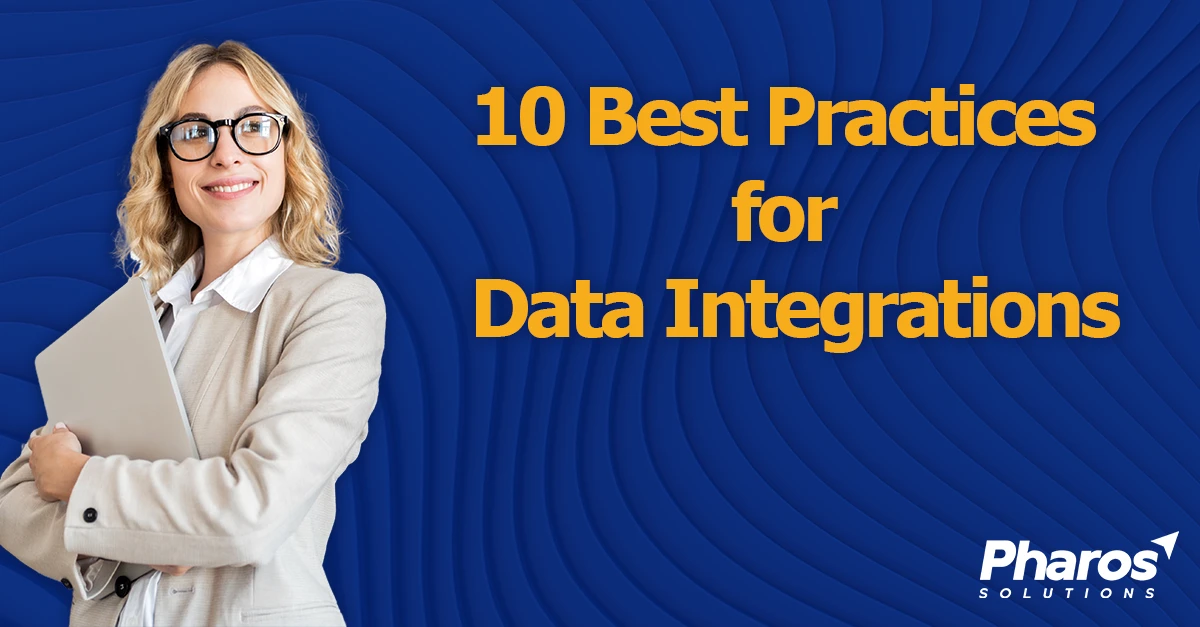
Data integration is a crucial process that enables organizations to combine data from various sources to create a unified view. It is the foundation for making informed decisions and driving business growth. In this blog post, we will discuss the top 10 best practices for data integration that can help organizations optimize their data integration process and achieve better business outcomes.
-
1. Define clear objectives: Before initiating a data integration project, it is essential to define clear objectives and determine the scope of the project. This will ensure that the project remains focused and on track.
-
2. Evaluate data quality: It is critical to evaluate the quality of the data that is being integrated. This will help in identifying any data inconsistencies, errors, or duplications that may affect the quality of the final output.
-
3. Choose the right integration approach: There are several approaches to data integration, such as extract, transform, load (ETL), extract, load, transform (ELT), and application programming interface (API) integration. The right approach will depend on the specific needs of the organization.
-
4. Establish data governance: Establishing data governance policies and procedures is crucial for ensuring the integrity, accuracy, and security of the data being integrated.
-
5. Implement data mapping: Data mapping is the process of transforming data from one format to another. It is crucial to ensure that data mapping is done accurately to prevent data inconsistencies.
-
6. Ensure data security: Data security should be a top priority when integrating data from various sources. It is essential to implement appropriate security measures to protect sensitive data from unauthorized access.
-
7. Automate integration processes: Automating integration processes can help reduce the time and effort required for manual integration, minimize errors, and improve efficiency.
-
8. Test and validate: Before deploying the integrated data, it is crucial to test and validate the output to ensure that it meets the desired objectives.
-
9. Monitor and maintain: Data integration is an ongoing process that requires continuous monitoring and maintenance to ensure that it remains effective.
-
10. Partner with experts: Data integration can be a complex and time-consuming process. Partnering with experts such as Pharos Solutions, who have a proven track record of helping organizations integrate their data effectively with our OneConnect managed iPaaS solution. We can help ensure a successful outcome.
In conclusion, data integration is a critical process for organizations looking to make informed decisions and drive business growth. By following these ten best practices, organizations can optimize their data integration process, ensure data accuracy, security, and integrity, and achieve better business outcomes.


Leave Your Comment Here